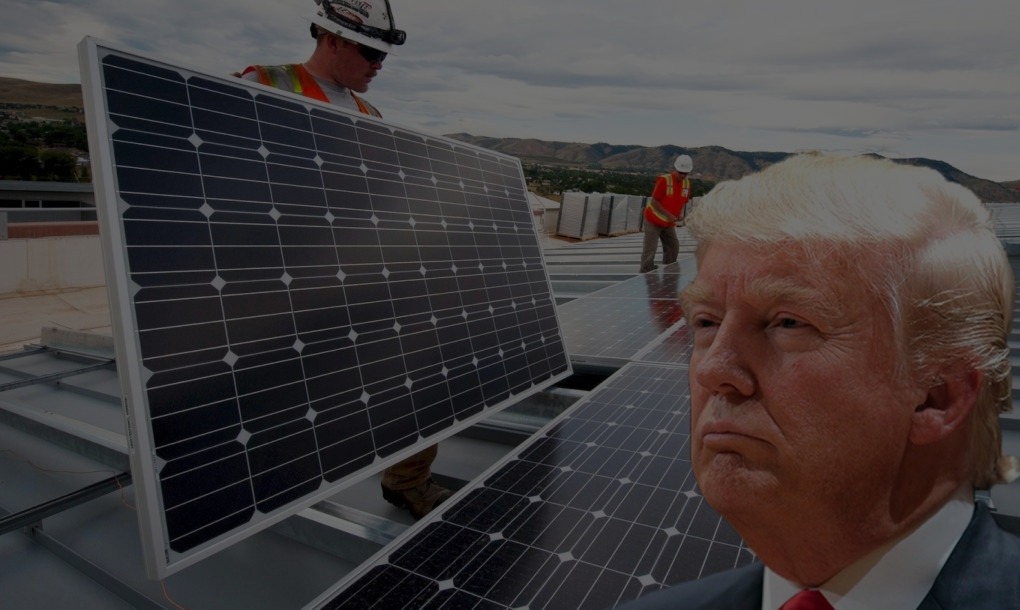The Belridge oil field near Bakersfield, Calif., is one of the largest in the country. It has been producing oil for more than a century and last year produced about 76,000 barrels a day, according to Aera Energy, its operator.
But the oil field is about to become even more remarkable. Its future production operations will be partly powered by a massive solar energy project that will make the oil extraction process more environmentally friendly, according to Aera and GlassPoint Solar, the firm that will create the solar project.
The Belridge field was discovered in 1911. Oil from the field flowed out of the ground because of natural pressure in the geologic reservoirs. Later, as the pressure declined, many companies said the field was exhausted. But in the 1960s, a process known as enhanced oil recovery gave the field new life. But squeezing more crude oil from the Belridge requires large amounts of steam to help loosen up the heavy crude, which in turn requires energy.
Aera has traditionally used natural gas to heat up water to create steam. But Aera and GlassPoint will now use a large, 850-megawatt solar thermal array to evaporate the water that’s pumped into the ground to liberate more oil. The companies say this will offset 4.87 billion cubic feet of natural gas per year and avoid the emission of 376,000 tons of carbon. The water used emerges from the process of oil extraction itself and will be recycled and pumped back into the ground.
The project was made possible by the recent extension of California’s cap-and-trade system for carbon-dioxide emissions until 2030, said Christina Sistrunk, chief executive of Aera Energy, a company jointly owned by Shell and ExxonMobil. “We need some level of what I would call regulatory and legislative stability to be able to fund projects that really need a couple of decades worth of certainty to be economic,” said Sistrunk. “The extension of that program really underpinned our ability to make this long-term commitment.”
The solar thermal array will capture the sun’s energy using curving mirrors that are enclosed in a greenhouse and then use that energy to heat water. In addition, there will be a smaller, 26.5-megawatt solar photovoltaic installation to help power oil field operations. The project should start operations by 2020, the participating companies said.
This is the second such megascale solar-oil project for GlassPoint, which is building the massive, 1-gigawatt Miraah project in Oman (a gigawatt refers to the capacity to instantaneously generate 1 billion watts of energy; a megawatt refers to the capacity to generate 1 million watts). The company said that the Belridge project will be the largest solar project in California.
“From the day we start operating, Aera will see an enormous reduction in the amount of gas they consume in a given day,” said Ben Bierman, chief operating officer and acting chief executive offfcer of GlassPoint Solar.
The combination of massive solar and massive oil is not the kind of thing we tend to think of when it comes to the expansion of renewables around the globe, which has generally been led by wind and solar installations. But joint projects of various types between major oil producers and renewable energy players are growing, too. The Norwegian oil giant Statoil has announced plans to build solar arrays in Brazil with a clean energy industry partner, and Shell is exploring a possible large solar project in Australia. Statoil, meanwhile, has also made a major push into offshore wind energy.
What’s different about the Belridge project is the use of renewables, which don’t emit greenhouse gases, to produce more fuel that will emit those gases. That could leave environmentalists feeling rather ambiguous. But this, too, has parallels — a recent major carbon capture and storage project in Texas will capture most of the CO2 emitted by a major coal facility, but then pipe the gas in a liquid form to an oil field where it will, once again, be used in enhanced oil recovery.
What these examples perhaps show most of all is that as renewable energy becomes more and more a part of our lives, it will also become increasingly integrated into more traditional energy systems.
Environmental groups welcomed the news of the Aera-GlassPoint project Wednesday and said that it has a great deal to do with California’s energy policies.
The project is a “good step,” said Simon Mui, director of California vehicles and fuels for the Natural Resources Defense Council, a nonprofit environmental advocacy group. But Mui, who said his group had not yet fully evaluated that project, noted a distinction between reducing emissions from “fossil fuel infrastructure,” which the current project would do, and a more long-term project of reducing the emissions from transportation as a whole by substituting battery-powered vehicles or other technologies for cars that run on oil.
“I think it’s a false solution to think you can only do one or the other,” said Mui. “And I think the state policies are looking to do two things, one is accelerate the transition to electric drive technologies and other alternative sources, as well as to clean up the existing fossil fuel infrastructure.”
The California regulatory context not only probably impelled the current pairing of Aera and GlassPoint — it could also compel additional such projects in the future, added Tim O’Connor, director of the California oil and gas program at the Environmental Defense Fund.
“The crude oil produced in California is some of the heaviest and most carbon intensive in the world, primarily because of this need for intense heating,” he said. “So while we are producing that oil, I think there’s going to be a drive to find solutions that reduce the embedded emissions.”
Source: https://www.washingtonpost.com/news/energy-environment/wp/2017/11/29/one-of-the-countrys-biggest-oilfields-turns-to-an-unexpected-power-source-solar/?utm_term=.a58088a644f8


